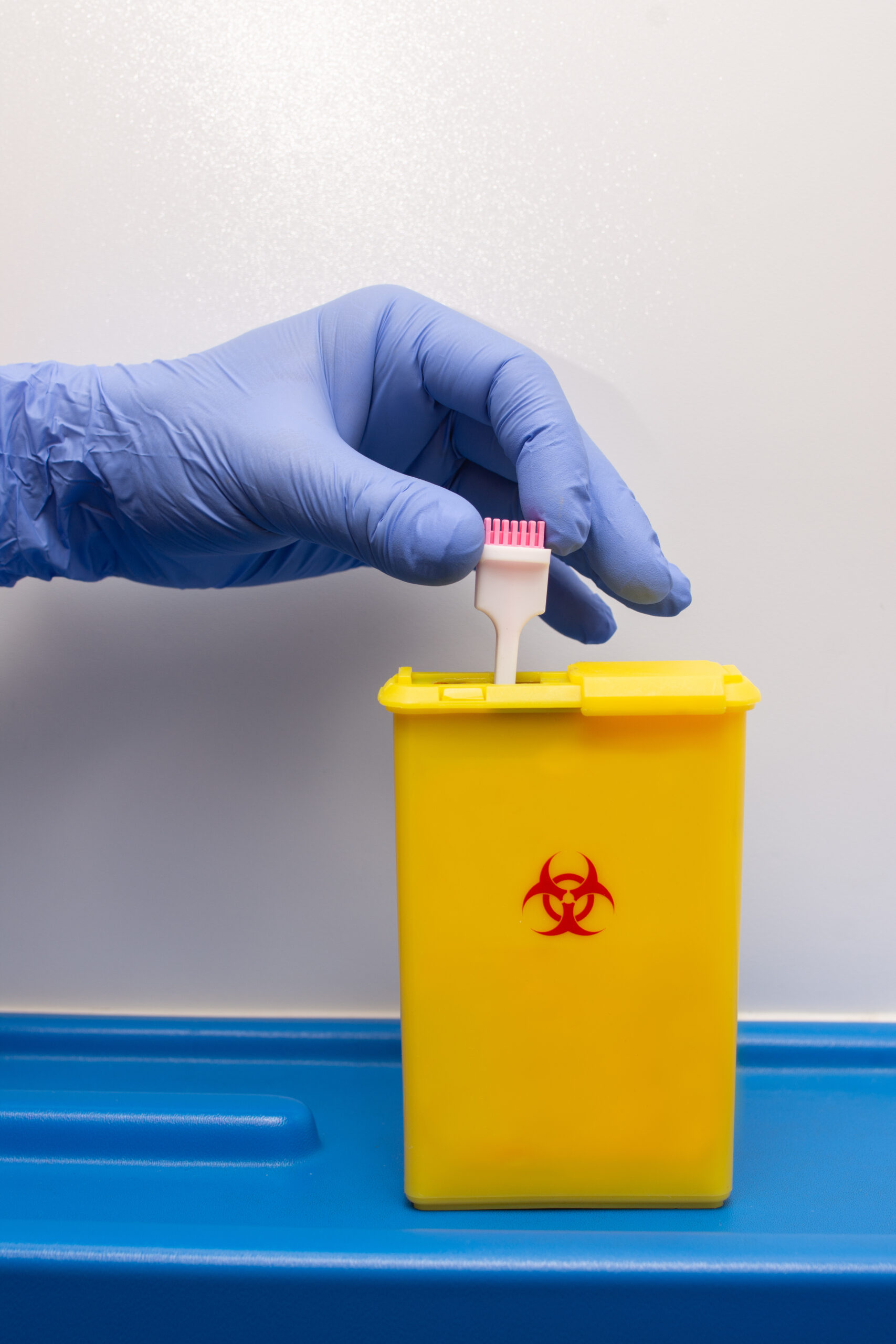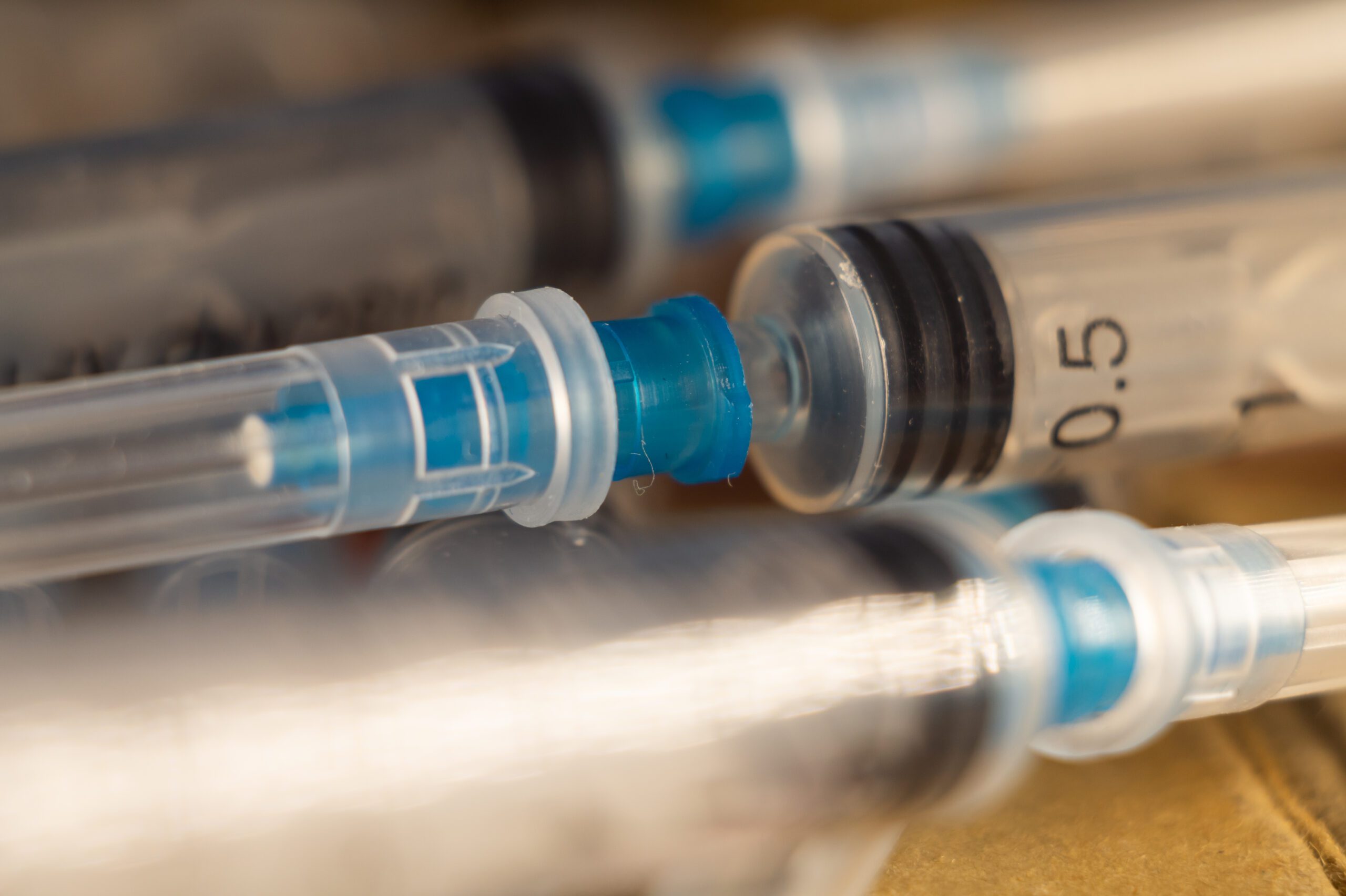While the world rushes to find a vaccination and effective treatments for COVID-19, there’s a related headline you may have overlooked.
Lysol recently became the first disinfectant approved by the Environmental Protection Agency (EPA) to kill coronavirus on surfaces.
What did the studies show, exactly? What’s the proper way to use Lysol products? Are there any alternatives that have also been approved to provide surface protection against COVID-19?
We’ll answer these important questions and more, so keep reading to learn why you need to stock up on Lysol disinfectant.
Lysol & Coronavirus: Results of EPA Studies
In July, the EPA approved Lysol disinfectant as an effective product to kill SARS-CoV-2 (coronavirus) on surfaces. The results, based on laboratory testing, shows that Lysol safely and effectively kills COVID-19 on surfaces. In an official statement, Rahul Kadyan, the executive vice-president of hygiene for Reckitt Benckiser, added that Lysol “can help to prevent the spread of COVID-19 on hard, non-porous surfaces.” Along with other preventative measures, including hand-washing, mask-wearing, and physical distancing, disinfecting surfaces is another key defense against the coronavirus. It’s important that note that Lysol should ONLY be used on surfaces, not on humans or animals.What’s the Proper Way to Use Lysol Disinfectant?
How can you safely use Lysol disinfectant to protect yourself from COVID-19? Be sure to follow these steps.Step 1: Read the Directions Before Use
Each Lysol product contains similar directions, but you’ll still want to read the labels before you begin cleaning. Be sure to check the “use sites” and “surface types” to understand exactly where you can and can’t use the product. You’ll also want to read the “precautionary statements” so you’re aware of any potential hazards.Step 2: Pre-Clean the Surface (If Necessary)
Is there visible dirt or debris on the surface? Do the instructions specifically tell you to pre-clean the area before using disinfectant? If so, wipe the area with soap and water to ensure you have a clean surface to work with. Always wear gloves to protect your hands while you clean.Step 3: Follow the Recommended Contact Time
The disinfectant directions will list a specific contact time (in minutes) to leave the product on the surface. Make sure there’s enough for the surface to stay wet the entire time. Take care not to exceed the contact time, as this could damage the surface. At the end of the allotted time, wipe away any remaining product or moisture.Step 4: Wash Your Hands
If you use disposable gloves, dispose of them in a safe location (preferably a trash can with a lid) immediately after you finish cleaning. If you have reusable gloves, set aside a dedicated pair to use for disinfecting COVID-19. Wash your hands thoroughly after removing your hands, following the CDC’s guidelines.Step 5: Store Lysol Products in a Secure Location
After all the care you’ve taken to protect your family from coronavirus, the last thing you want is someone getting sick from cleaning products! If you have children or pets, be sure to store your disinfectant and cleaning supplies in a secure location out of reach. It should also be kept away from food products, direct sunlight, or extreme temperatures.Are There Any Approved Alternatives to Lysol Disinfectant?
Good news: The answer is yes! If you’re having a hard time finding Lysol products in your area, here are three comparable alternatives:- Microban 24-Hour Disinfectant Sanitizing Spray
- Quest Phenomenal Hospital Sanitizer Disinfectant Aerosol
- QAC Antibacterial Disinfecting Wipes
The Takeaway on Lysol Disinfectant Products
Each day that passes brings us one day closer to a cure for coronavirus — and the return to our pre-pandemic lives. In the meantime, the best offense continues to be a good defense. Keep up with your preventative measures of physical distancing, mask-wearing, and hand-washing. And when it’s time to stock up on disinfectant, check out our full selection of EPA-approved products for disease control.Recent Posts
-
 Yesenia05/23/2025
Yesenia05/23/2025Syringe Filters-Why They Matter in Laboratory Applications
-
 Yesenia05/15/2025
Yesenia05/15/2025Proper Disposal of Used Syringes and Needles: A Complete Guide
-








